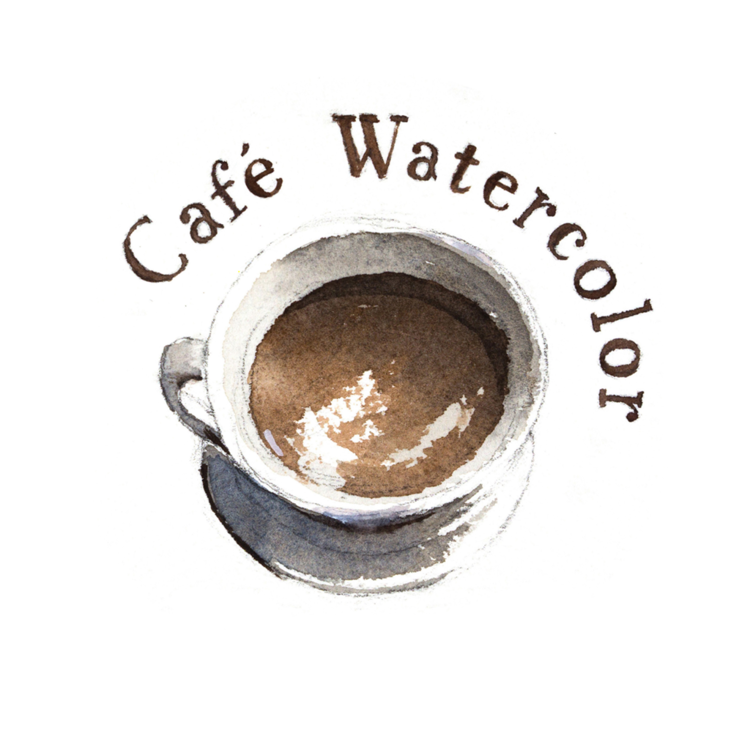I live in Washington State, also known as the evergreen state. So it is inevitable that I need to paint trees and grasses. So most of my landscape paintings have some greens in it. Green in nature is life and very soothing to look at. But in painting, it can be a dead color very easily. We see green everywhere especially if you live anywhere near nature. But to reproduce those greens on your painting can be tricky. Because we are essentially using artificial colors to imitate nature where colors are made with light, and that’s always a challenge. Things like buildings and cars are a bit more forgiving because they are usually painted with man-made paint anyways. So that’s why green always feels very common but tricky to get it right. Now, it might be tricky, but it is not difficult to mix natural-looking greens once you understand some concepts that I’m going to share with you today.
Always mix your greens - If you watching me for a while you know that my palette doesn’t have Sap Green. The closest color to green I have is Cobalt Turquoise. The reason is that you always want to mix your green is because the color in nature is not a pre-mixed color. If you look at a tree or a patch of grass. The color changes in a different season, lighting, and weather. There are even different colors on the same tree. So I almost always mix my greens especially the greens in nature. Even if you have Sap Green, always try to mix it with other colors to make it look more natural.
Look at your greens objectively - As I mentioned earlier, the greens you are looking at can change under different circumstances. So you need to let go of your perception of what you are looking at. Just because it’s trees or a patch of grass, doesn’t make it green. You need to take lighting into account. The green looks much warmer, even close to yellow or orange when it’s lit by the sun. At night or an overcast day, green can be much closer to blue. A dry patch of grass looks more brown than green. If you paint everything with your perception, you might miss out on many subtle changes in the colors.
Find your range of greens - To make the mixing process less complicated, you want to determent the range of greens for your painting. After all, you are painting a picture, not swatches. So even if you can mix tens of different greens, that doesn’t mean they will work well together. Instead, use a specific green as a starting point. From there, you can go warmer and cooler and it will most likely stay harmonious because they are from the same source. This is how I usually do it, and it takes a lot of guesswork out.
Green is such a wonderful color of nature. And it’s very easy to take them for granted. I hope today’s post and video give you new appreciation to mother nature and gave you some good tips on mixing greens for your painting.
